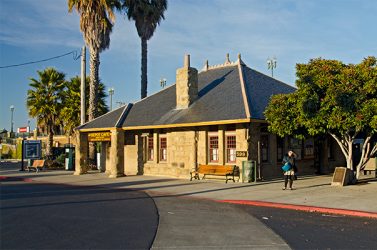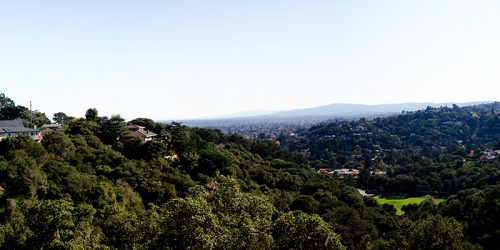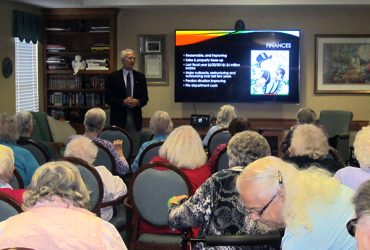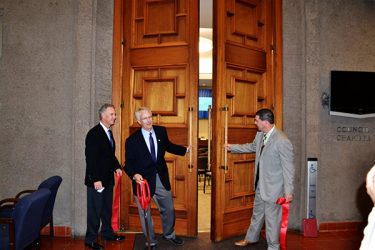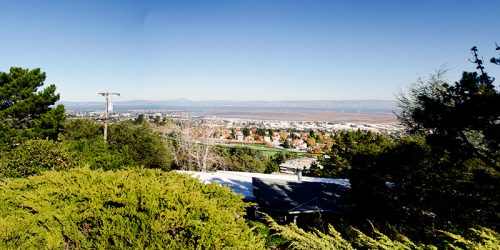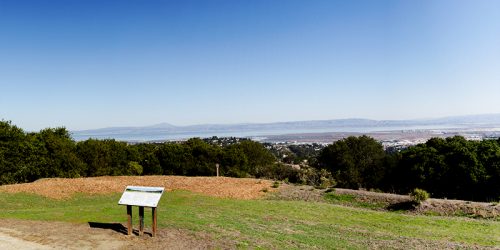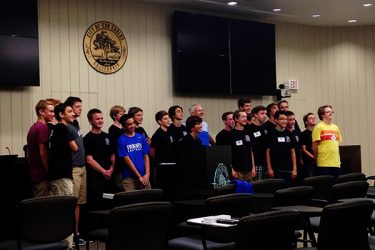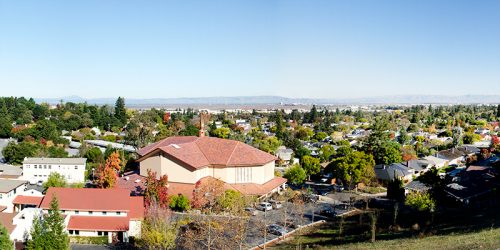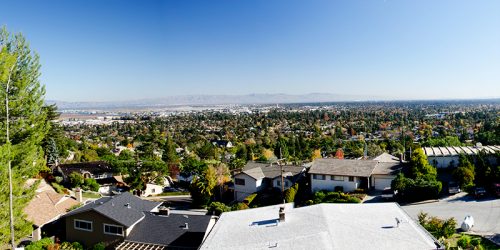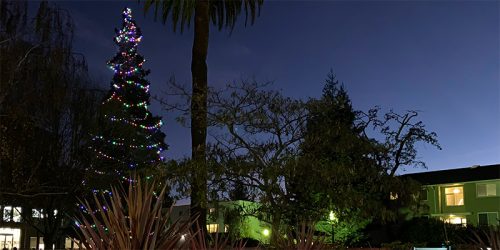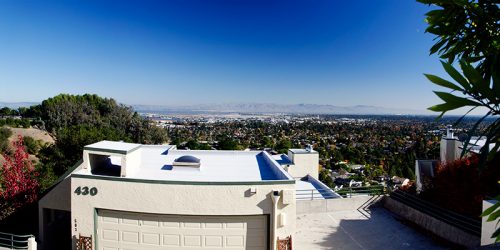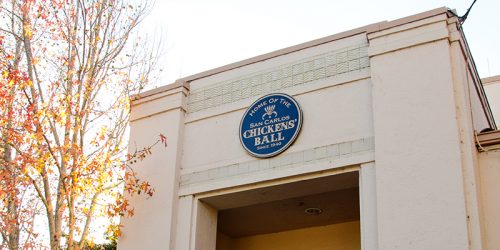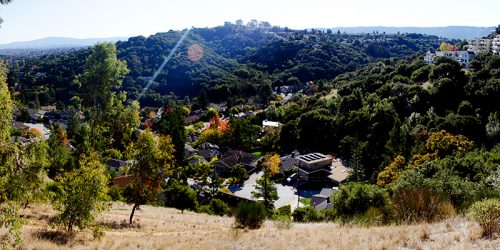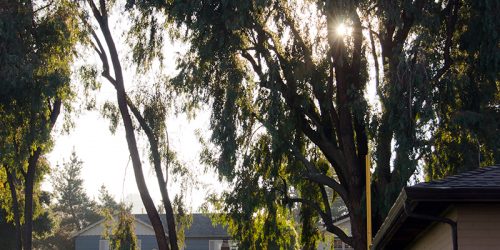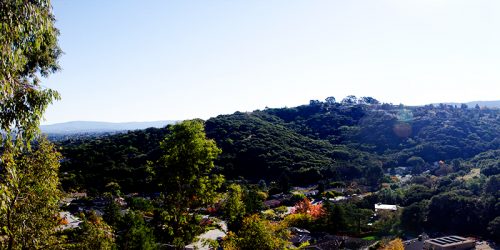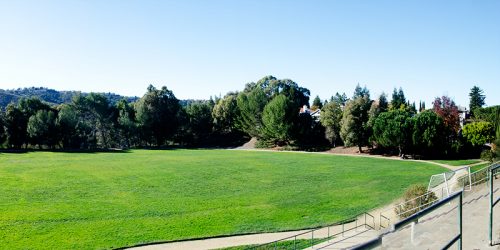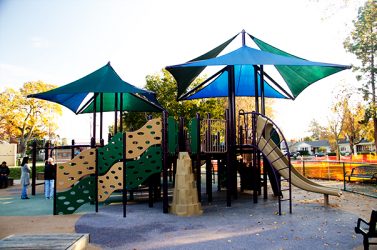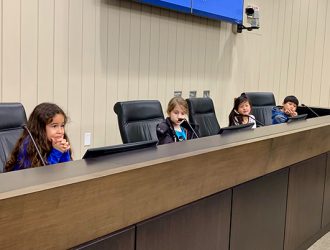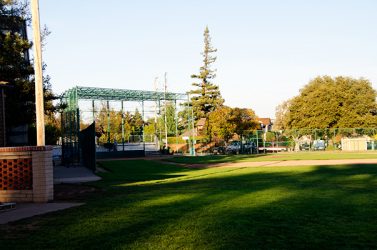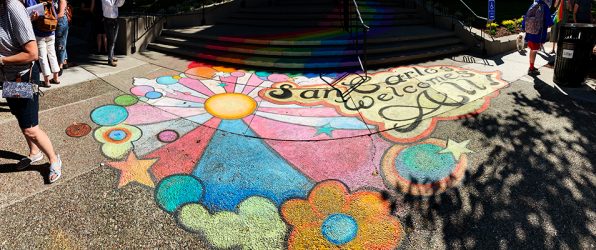People who work in organizations know the “no surprises” rule is key to running an effective operation. Surprises cause disruption and confusion, which is rarely a good thing. In the interest of avoiding surprise, I want to begin educating San Carlos about a big-ticket issue we need to address.
You know all those articles you’ve read about aging public infrastructure that needs to be replaced? It’s happening here…right under our feet. Our sanitary sewer system is in urgent need of repairs and upgrades.
This is the system that conveys waste water from our properties to the sewage treatment plant located on the eastern end of Redwood Shores. It’s one of two sewer systems serving us, the other one routing storm water directly into the Bay. The sanitary system is larger than you might think. During dry weather it handles 2.5 million gallons a day. Almost all of that — 79% — is from residential property. During the rainy season usage rises to 2.9 million gallons a day, due in large part to leaks and connections from gutters and property drains (which are illegal, by the way). Anticipated development projects are expected to add another 730,000 gallons a day over the next few years.
Why are repairs needed? Sewer systems aren’t sexy, so they don’t rank high on the list of places to spend money to improve a community. They’re also, literally, out of sight, tended by a group of hard-working and dedicated city employees whose goal is to ensure no one ever knows there are problems. They’ve done a great job over the years (give them a wave when you see them out and about). Nevertheless, there’s a limit to how long you can patch something.
Much of our sanitary sewer system is 60 to 70 years old, with parts closing in on the century mark. For clay pipe — the dominant form of construction — that’s a long time, particularly in an earthquake area also subject to ground movements. Joints between pipes get disconnected, cracks form, tree roots gain entry, etc., and the next thing you know groundwater gets into what used to be a sealed system. That’s why the flow rate jumps 15% when it rains. Those failures also reduce the system’s throughput (e.g., roots and dislocated connections slow or block flow). When you add the growth that’s occurred since the bulk of the trunk lines were installed it’s not surprising we have a problem to address.
There’s a related situation developing, too. Sewage has to go somewhere. For us, that’s ultimately the Bay. But it has to be processed first, because otherwise we’d kill the Bay and create a serious health hazard. The cleaning job is handled by the Redwood Shores sewage treatment facility, which is jointly owned and operated by a number of communities, including San Carlos.
The existing facility was funded primarily with federal money in the 1980s, and was built much larger than it needed to be. As a result, there was little pressure to do long-term maintenance and incremental capacity expansions. Deferring that kind of work let communities hold down sewer rates for many years. This wasn’t good long-term thinking, but it’s a common problem in the public sector. Everyone hates paying more for public services, so there’s a perverse incentive for elected leaders to let things slide. Unfortunately, the bill for decades of cost-avoidance is coming due now, in the form of a major facility overhaul and expansion. That has to be paid for by the member communities, irrespective of the work they need to do on their own pipes and pumps.
The preliminary cost estimate for fixing our sanitary sewer system is roughly $130 million, spread over 20 years:
| $K | 7/1/12 – 6/30/18 | 7/1/18 – 6/30/32 | Total |
| Major Local Projects | 8,802 | 779 | 9,581 |
| Pipe Rehabilitation | 12,000 | 49,977 | 61,977 |
| Sewage Treatment Facility Upgrade | 47,700 | 11,300 | 59,000 |
| Total | 68,502 | 62,056 | 130,558 |
These are some pretty large numbers. On the other hand, they’re targeted at keeping sewage where it belongs for a community whose total assessed value is roughly $10 billion dollars.
There are a lot of ways to finance this. In fact, we’ve already begun paying for it by virtue of the 6% sewer rate increase the Council approved last July. But if we were to issue bonds to pay for our share of the sewage treatment facility upgrade and repay them through higher sewer charges, the future rate increases might look like this:
[singlepic id=8]
That’s another year with a 6% increase, like this year, and then increases just under 3% per year for five more years. The overall impact relative to today would be to raise sewer rates about 21% from where they are now over the next six years. That would let us pay for the needed repairs to our local pipes and pumps, and service bonds issued to pay for our share of the sewage treatment facility upgrade.
Remember, this is my analysis, based on staff cost estimates and what is known about the state of our sanitary sewer system today. Our staff experts are busily doing their own analysis, which I’m sure will be more complete and accurate than mine. My goal here is to share the general picture with you, and avoid surprises down the road. Staff will present their more detailed work and suggestions on funding to the Council over the coming months. Make sure you stay apprised of those discussions, and get your questions answered.
I don’t know what the Council’s ultimate decision on this matter will be. But the problem was kicked down the road at least once a few years ago. Since then, problems and costs have continued to grow. I think it’d be wiser for us address the problem, rather than put off what will be a more expensive day of reckoning. It is, after all, not usually a good idea to stick your head in the sand…particularly where there are leaky sanitary sewer pipes nearby.
